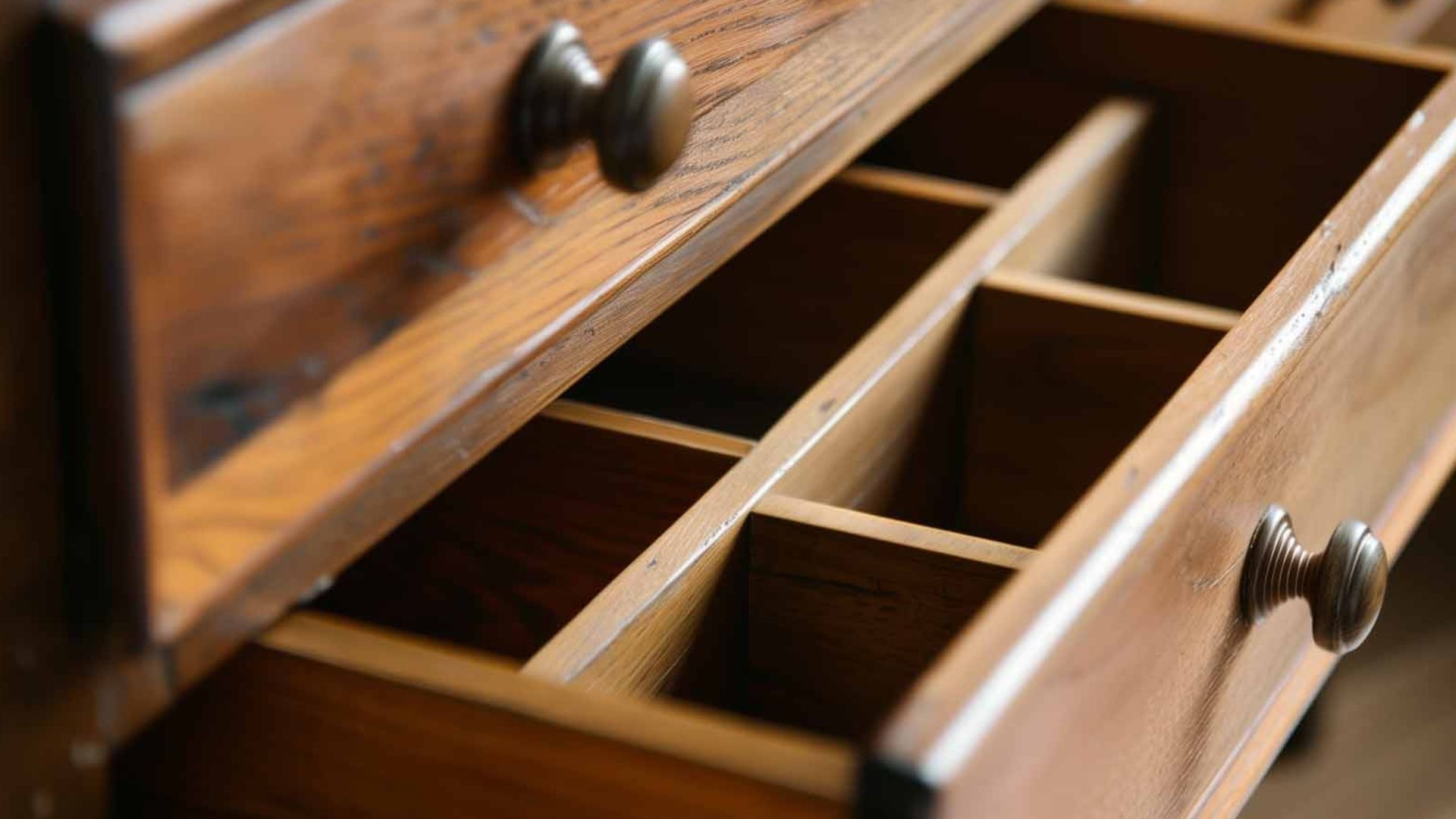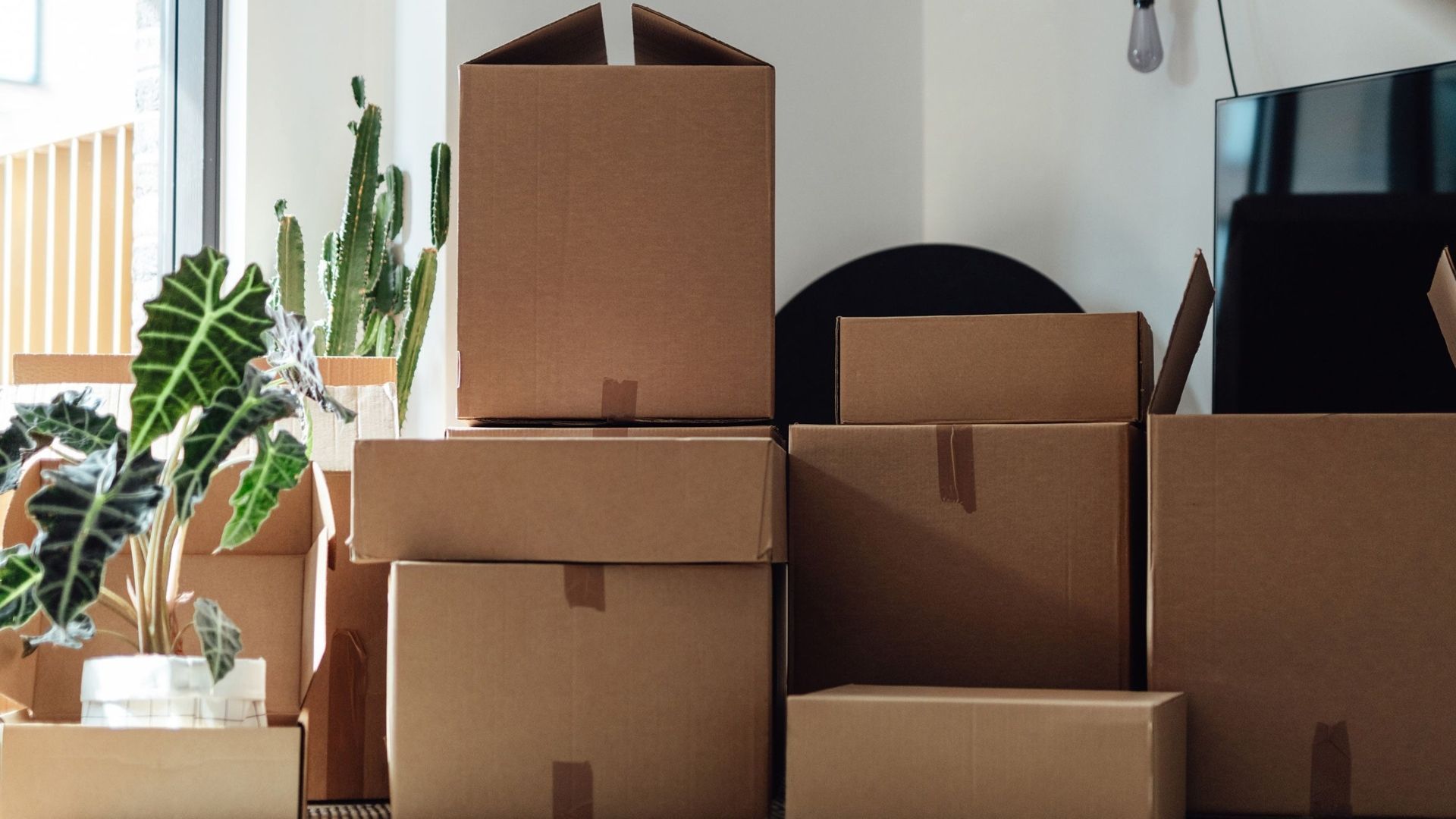How to Properly Use Moving Blankets?
Moving blankets are one of the best ways to protect your furniture and belongings during a move. These thick, padded covers stop scratches, dents, and dings from happening to your valuable items. When you use them right, moving blankets can save you hundreds of dollars in repair costs and give you peace of mind during your move.
This guide will teach you everything you need to know about using moving blankets properly. You'll learn what they are, how to pick the right ones, and the best ways to wrap your items safely.
What Are Moving Blankets and Why Do You Need Them?
Understanding Moving Blankets
Moving blankets are thick, heavy cloths made to protect your stuff during a move. They're also called furniture pads or moving pads. Most are made from cotton, polyester, or a mix of both materials.
These blankets have a special zig-zag stitch pattern that makes them stronger and stops the padding inside from bunching up. This design helps them absorb bumps and shocks better than regular blankets.
Why Moving Blankets Are Worth It
Moving without blankets is like driving without a seatbelt. The U.S. Consumer Product Safety Commission reports that consumer product-related incidents cost the nation more than $1 trillion annually. Here's what moving blankets protect against:
- Scratches and dents from items bumping into each other
- Dirt and dust that can stick to your furniture
- Breaks and cracks in fragile items
- Wall and floor damage when moving heavy items
Professional movers call moving blankets "cheaper insurance" because they prevent costly damage claims and unhappy customers. According to the Better Business Bureau's analysis of the moving industry, furniture is the most commonly damaged item during moves, mentioned in 57% of damage complaints.
What Items Need Moving Blankets
Almost any piece of furniture or large item can benefit from moving blankets:
- Wooden furniture (tables, chairs, dressers)
- Glass surfaces and mirrors
- TVs and electronics
- Appliances (refrigerators, washers, dryers)
- Artwork and pictures
- Gym equipment and bicycles
Types of Moving Blankets and How to Choose
Weight Categories Matter
Moving blankets come in different weights, and heavier usually means better protection:
Lightweight Blankets (54-64 lbs per dozen)
These are the cheapest option and weigh about 4.5 to 5.5 pounds each. They work okay for one-time moves but don't last long.
Medium-Weight Blankets (78-87 lbs per dozen)
These weigh 6 to 7 pounds each and offer better protection. Professional movers often use these in their trucks.
Heavy-Duty Blankets (83-93 lbs per dozen)
These are the strongest option and can be used many times. They're perfect for professional movers or people who move often.
Material Types
Woven vs Non-Woven Fabric
Woven fabric blankets are softer, stronger, and feel better. Non-woven quilted fabric works well for storage and occasional moves.
Common Materials:
- Cotton/Polyester Blend: Best mix of softness and strength
- Recycled Denim: Earth-friendly and lightweight
- Pure Polyester: Good for water resistance
Binding Quality
The binding is the fabric around the edges. Better blankets use woven polyester binding that prevents fraying and makes blankets last longer.
How to Use Moving Blankets: Step-by-Step Guide
Before You Start
- Clean your blankets - Make sure they're free of dirt that could scratch your items
- Get enough blankets - It's better to have too many than too few
- Have securing materials ready - You'll need stretch wrap, tape, or rubber bands
Basic Wrapping Technique
Step 1: Position the Blanket
Place an unfolded blanket over the item you're wrapping. Adjust it so it hangs evenly on all sides. For big items, you might need two or more blankets.
Step 2: Cover Everything
Make sure the blanket covers all parts of your item. Pay special attention to corners and edges - these get damaged most often.
Step 3: Secure the Blanket
Use stretch wrap to hold the blanket in place. Start at the top and work your way down. Stretch wrap sticks to itself, so you won't leave sticky marks on your furniture.
Wrapping Different Types of Items
Furniture with Legs
For tables and chairs:
- Wrap each leg separately if possible
- Cover the whole piece with a large blanket
- Pay extra attention to corners and sharp edges
Large Appliances
Refrigerators, washing machines, and dryers need full coverage because their finishes scratch easily.
- Remove any loose parts first
- Use at least one full blanket per appliance
- Secure with several layers of stretch wrap
Fragile Items
For dishes, artwork, and electronics, wrap them individually first with bubble wrap, then add a moving blanket for extra protection.
Oddly-Shaped Items
Bicycles, gym equipment, and unusual furniture can be draped with blankets in any way that covers the most surface area.
How Many Moving Blankets Do You Need?
According to This Old House's 2025 moving survey, the average cost of a move is $3,020, with local moves averaging $1,489. Protecting your furniture with moving blankets is a small investment compared to replacement costs.
Quick Estimation Rules
By Room Size: You can estimate about 12 blankets per bedroom in your home.
By Property Size:
- One-bedroom: 12-15 blankets
- Two-bedroom: 20-25 blankets
- Three-bedroom and larger: 30+ blankets
By Truck Space: Another way is to plan for one blanket per 5 square feet of moving truck space.
Factors That Change Your Needs
- Distance of move - Longer moves need more padding
- Type of furniture - Glass and wood need more protection
- Your comfort level - Some people prefer extra protection
- Number of trips - Multiple trips mean you can reuse blankets
Always have a few extra blankets on hand for unexpected situations.
Advanced Tips for Maximum Protection
Using Blankets with Other Materials
Moving blankets work best when combined with other packing supplies:
- Bubble wrap first for very fragile items
- Stretch wrap to secure blankets
- Corner protectors for sharp furniture edges
- Rubber bands for items that stretch wrap might damage
Loading Your Truck Safely
Line the walls of your truck with moving blankets to protect both your items and the truck itself.
Smart Loading Tips:
- Put blankets on the truck floor for heavy items
- Place blankets between furniture layers when stacking
- Fill empty spaces with folded blankets to stop shifting
Protecting Your Home During the Move
Moving blankets aren't just for protecting your furniture - they also protect your floors and walls when moving heavy items through doorways.
- Drape blankets over vulnerable wall areas
- Put them on floors in high-traffic areas
- Cover door frames when moving large items
Common Mistakes to Avoid
Mistake 1: Not Securing Blankets Properly
The biggest mistake is not securing blankets tightly enough. If they slip off during the move, your items are at risk.
Solution: Use plenty of stretch wrap and check that blankets can't slide around.
Mistake 2: Skimping on Blankets
Don't try to save money by using too few blankets. Unprotected areas on your items can still get damaged.
Solution: It's better to have extra blankets than not enough.
Mistake 3: Using Regular Blankets Instead
Regular household blankets don't have the thickness and strength that moving blankets have.
Solution: Invest in proper moving blankets or rent them from a moving company.
Mistake 4: Ignoring Corners and Edges
Sharp corners are the most likely to get damaged or cause damage to other items.
Solution: Pay special attention to wrapping corners completely.
Mistake 5: Overpacking Boxes
When you fill boxes too full, they're more likely to break and damage other items.
Solution: Use moving blankets to fill empty spaces in boxes instead of cramming more items in.
Caring for Your Moving Blankets
Cleaning and Maintenance
Most experts suggest not machine washing moving blankets because it can weaken the stitching and cause shrinking. The U.S. Environmental Protection Agency also recommends being mindful of water usage and proper care of household items to extend their lifespan.
Best Practices:
- Spot clean dirty areas when possible
- Cover blankets with plastic sheets or tarps to keep them clean
- Air dry if they get wet to prevent mold
Storage Tips
When you're not using your blankets:
- Store them in a dry place
- Fold them neatly to prevent wrinkles
- Check for damage before your next move
If you do wash them, use cold water on a gentle cycle and hang dry them. Put them in the dryer for just two minutes on the lowest setting to fluff them up.
Buying vs Renting Moving Blankets
When to Buy
- You move often
- You want to use them for other purposes after moving
- You have valuable furniture that needs the best protection
- Long-distance moves where rental costs add up
When to Rent
- One-time moves
- Local moves where you don't want to store blankets
- Budget is tight
- You don't have storage space
Most moving truck rental companies offer blankets as add-ons, and many moving companies include them in their service.
Other Uses for Moving Blankets After Your Move
Don't let your moving blankets sit unused after your move! They have many other helpful uses:
Home Projects
- Floor protection during painting
- Furniture covers in storage
- Soundproofing for home recording or music rooms
Outdoor Activities
- Picnic blankets that can get dirty without worry
- Camping rugs and extra padding under sleeping bags
- Car protection for pets or messy cargo
Emergency Uses
- Spill cleanup for big messes, especially in garages
- Pet bedding and comfort during vet visits
- Extra insulation for plants during cold weather
Working with Professional Movers
Professional movers often use moving blankets as standard equipment. Research from IBISWorld shows the moving industry has grown steadily, with companies focusing more on damage prevention to reduce costly insurance claims.
If you hire professional movers, they should bring their own moving blankets. However, it's smart to know what to expect:
- Ask about their blanket policy - Some companies charge extra
- Check blanket quality - Make sure they're using proper moving blankets
- Discuss valuable items - Let them know which pieces need extra care
For local Edmonton moves, experienced movers will know exactly how to protect your items using the right amount of blankets and proper wrapping techniques.
Final Thoughts
Using moving blankets properly is one of the smartest things you can do to protect your belongings during a move. They're not expensive compared to the cost of replacing damaged furniture, and they give you peace of mind knowing your items are safe.
Remember these key points:
- Choose the right weight blanket for your needs
- Secure blankets tightly with stretch wrap
- Don't skimp on the number of blankets you use
- Pay extra attention to corners and fragile items
Whether you're planning a local move or need packing services, proper use of moving blankets will make your move much smoother. Start planning your blanket needs early, and your furniture will thank you when it arrives at your new home looking exactly like it did when you packed it.
Ready to start your move? Consider getting professional help with packing and moving services to make sure everything is protected properly from start to finish.



